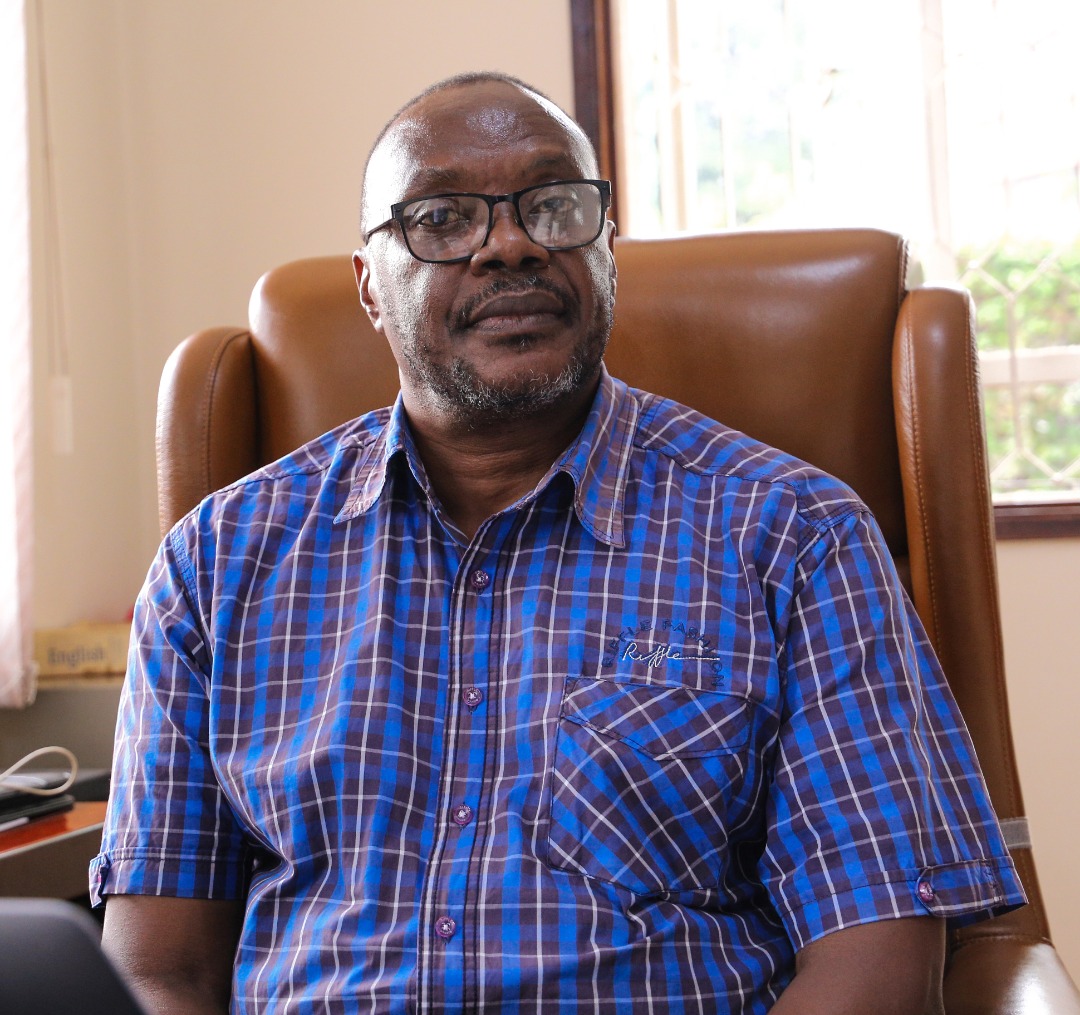
KAMPALA – World Wide Fund for Nature (WWF)-Uganda has on June 29 launched a project dubbed Forest Restoration and Carbon Absorption(FRECAR) aimed at revitalizing the most deforested natural forests.
FRECAR will target the forests in the Muzizi and Budongo Ranges which according to the State of Forests Report 2015, showed the highest levels of forest loss (over 60% of the forests in this region have been lost between 2005 and 2015).
WWF Uganda received funding from VELUX Foundation, Denmark to implement a project in Uganda aimed at regeneration of the natural forests for carbon sequestration.
While launching the project today June 29, Mr David Duli-WWF Uganda Country Director said the project will be implemented in the Bugoma-Kagombe Landscape which comprises of Bugoma, Kyamurangi Group of CFRs, Kagombe, and Kitechura/ Ibambaro CFRs; using a mix of approaches that include active planting on the CFRs, boundary strengthening, and engaging communities to participate in the protection of the CFRs, reduce pressure and have improved livelihood.
“This grand restoration agenda will contribute to both the national target as enshrined in the Vision 2040 and National Development Plan III. We are cognizant that the country is working to restore landscapes back to the 1990 levels. We applaud efforts to move from 9% in 2013/14 to currently 12% as of 2021. We hope that our efforts will contribute to the 24% target,” he said.
Mr Duli shared that the long term outcome of the project is ‘Forest cover in the landscape are regenerated to create a positive impact on carbon stocks and community benefits’ with a focus of at least 1 million tons of CO2 Emissions in the 20th year of the project.
“The project outcomes relate to amongst others capacities for forest management and climate reporting in the landscape improved, forest cover outside protected areas increased including a few remaining natural forests on private lands, better and improved lives for the communities in the landscape.”
The current project is USD 4m, for 20 years; five years active implementation, five years of maintaining the planted areas and 10 years of monitoring impacts on carbon, biodiversity, community and households. WWF anticipates a minimum of four more projects to augment their efforts in the landscape.
Mr Duli also called for proactive engagement and keen interest from the lead implementing partner, National Forestry Authority (NFA) in ensuring the project is delivered on schedule, technically sound and financially transparent.
He requested that NFA designates a focal person at HQ from the Senior Management Team to liaise and coordinate project activities with the WWF Team and in addition, they, (WWF) shall have to establish joint structures to steer the project.
“NFA can avail staff to implement various components of the project, the field based staff, Directorate of Natural Forests, the staff in the Planning and Biomass units. They can ensure permanence of the sites selected for the project for ease of attributing the carbon sequestered. Carbon based projects rhyme well with the principle of Permanence,” he said.
Mr Duli further called upon NFA to always, to ‘mainstream the project activities in NFA’s work plans and consequently official government documentation and policy instruments’.




